Experience & Discover
Plan & book
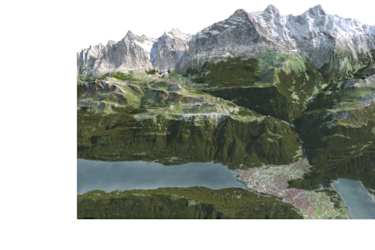
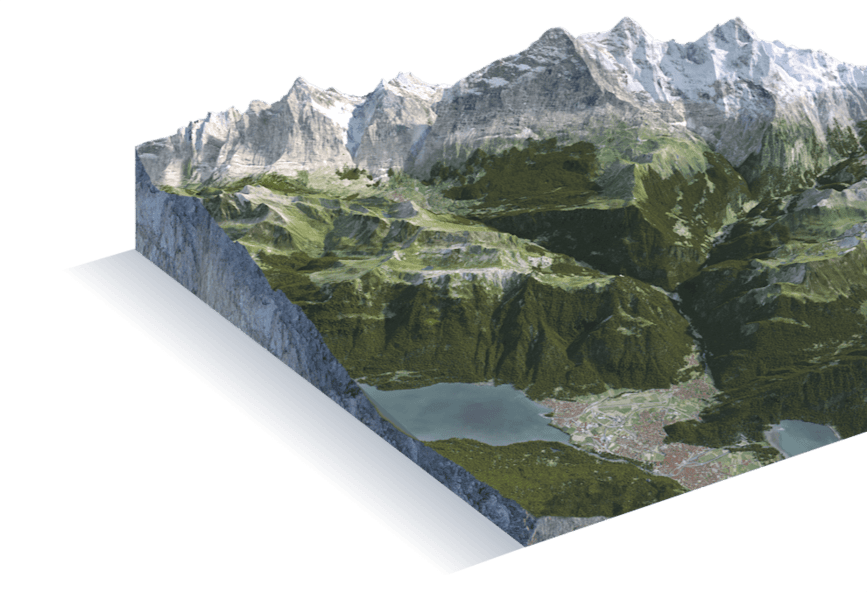

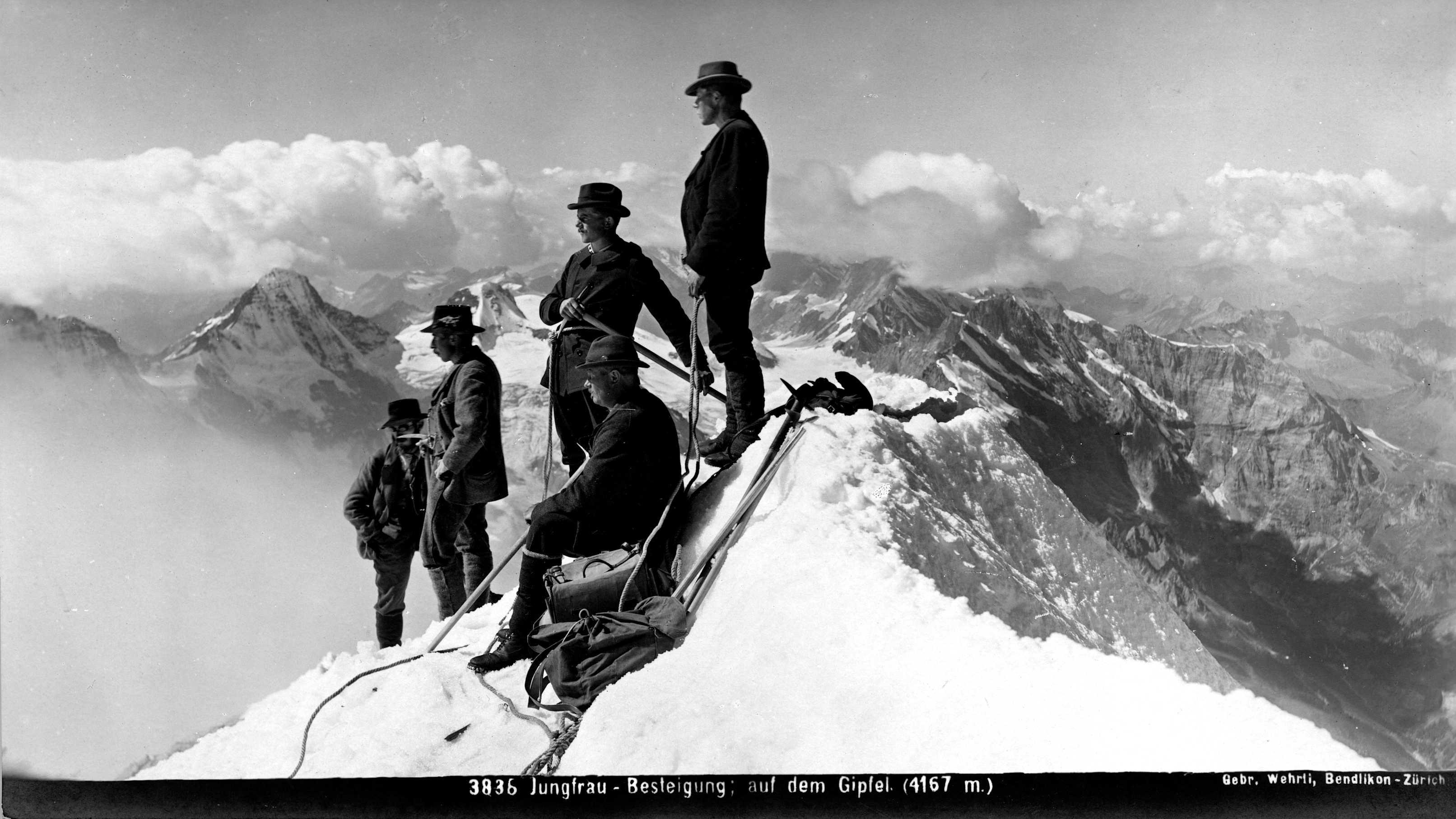
Nestled in the unique mountains of the Bernese Oberland, Grindelwald has been a paradise for adventurers since the end of the 18th century, and it has spawned some of the most famous mountain guides of the era.
For a long time, people avoided exploring the mountains. For up there, as was well known, it was swarming with evil spirits, giants, and other fearsome legendary figures. It was only approximately 250 years ago that natural scientists began to deal with the mountains, particularly the glaciers. A love of adventure was added to the initial interest in research. Grindelwald, with its wonderful panorama and glaciers leading up into the valley basin, attracted a colourful crowd from all over the world, including enthusiastic Englishmen starting at the end of the 18th century.
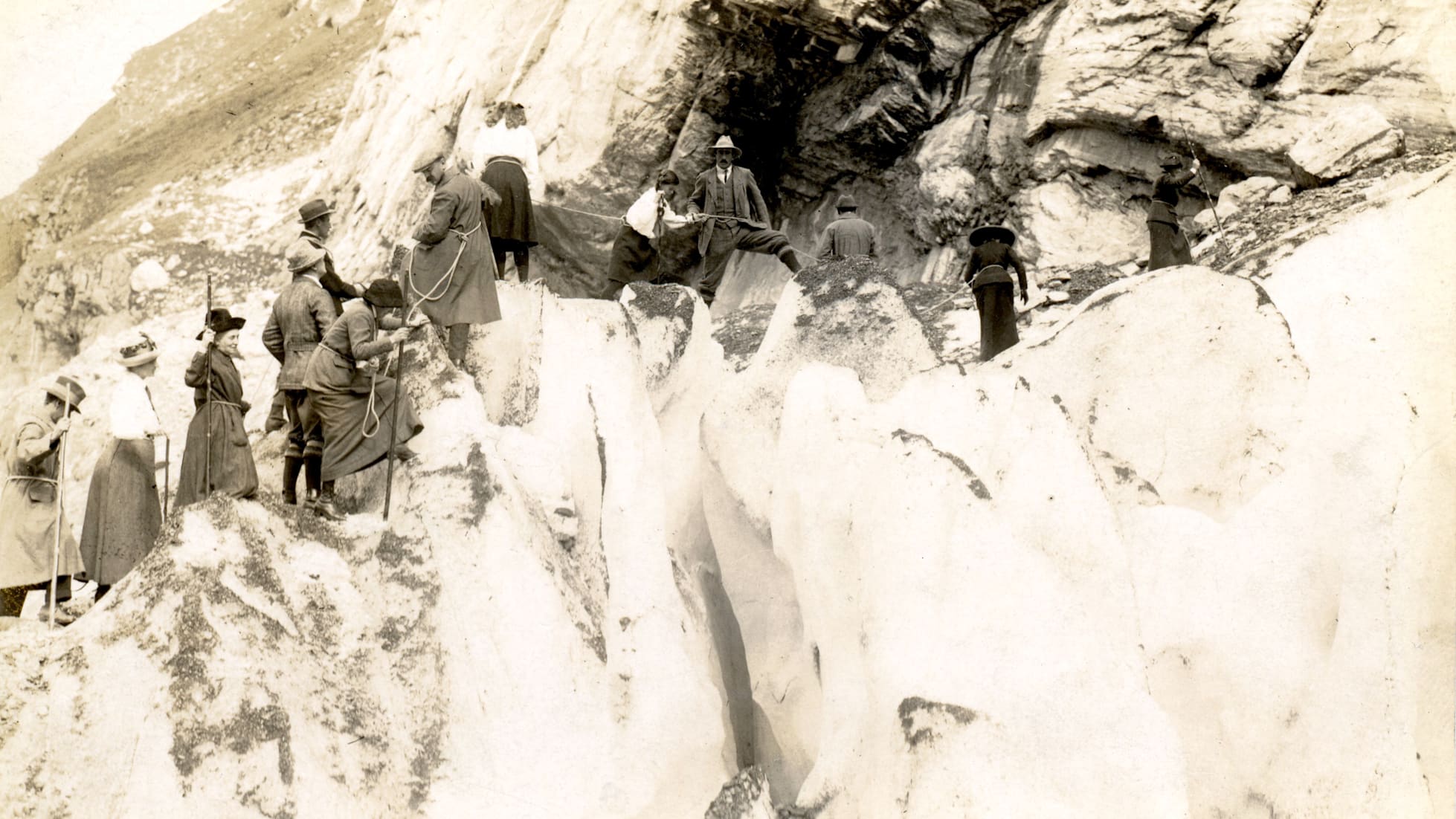
In order to conquer the mountain challenge, the English guests hired locals who showed them the way and carried their luggage. Thus a new profession was born: the mountain guide. Six to eight francs per day was very good pay at the time. The prospect of easy money also attracted many would-be mountain guides. If you chose the wrong one, you might not end up where you planned. Your money would be gone, however.
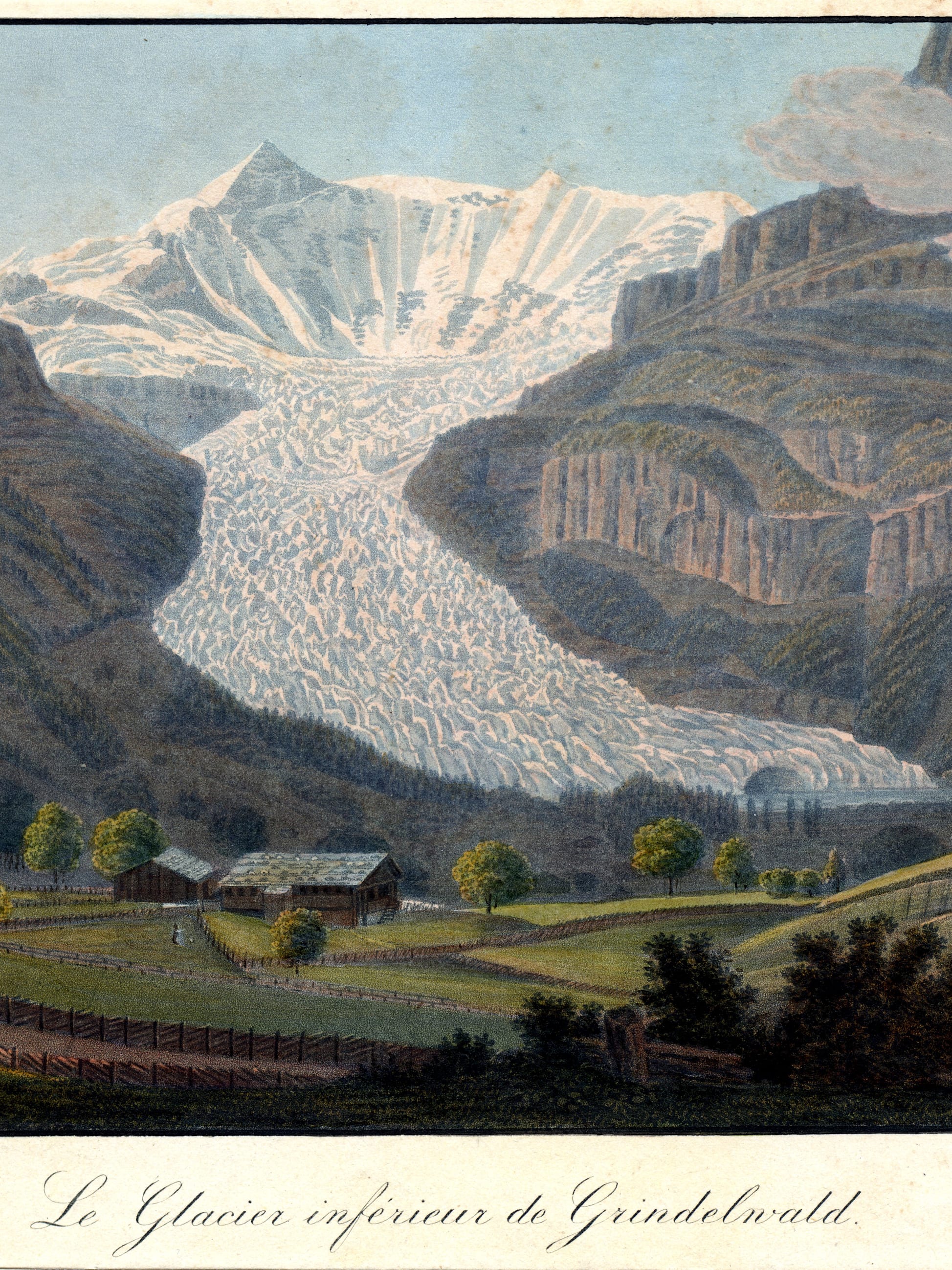
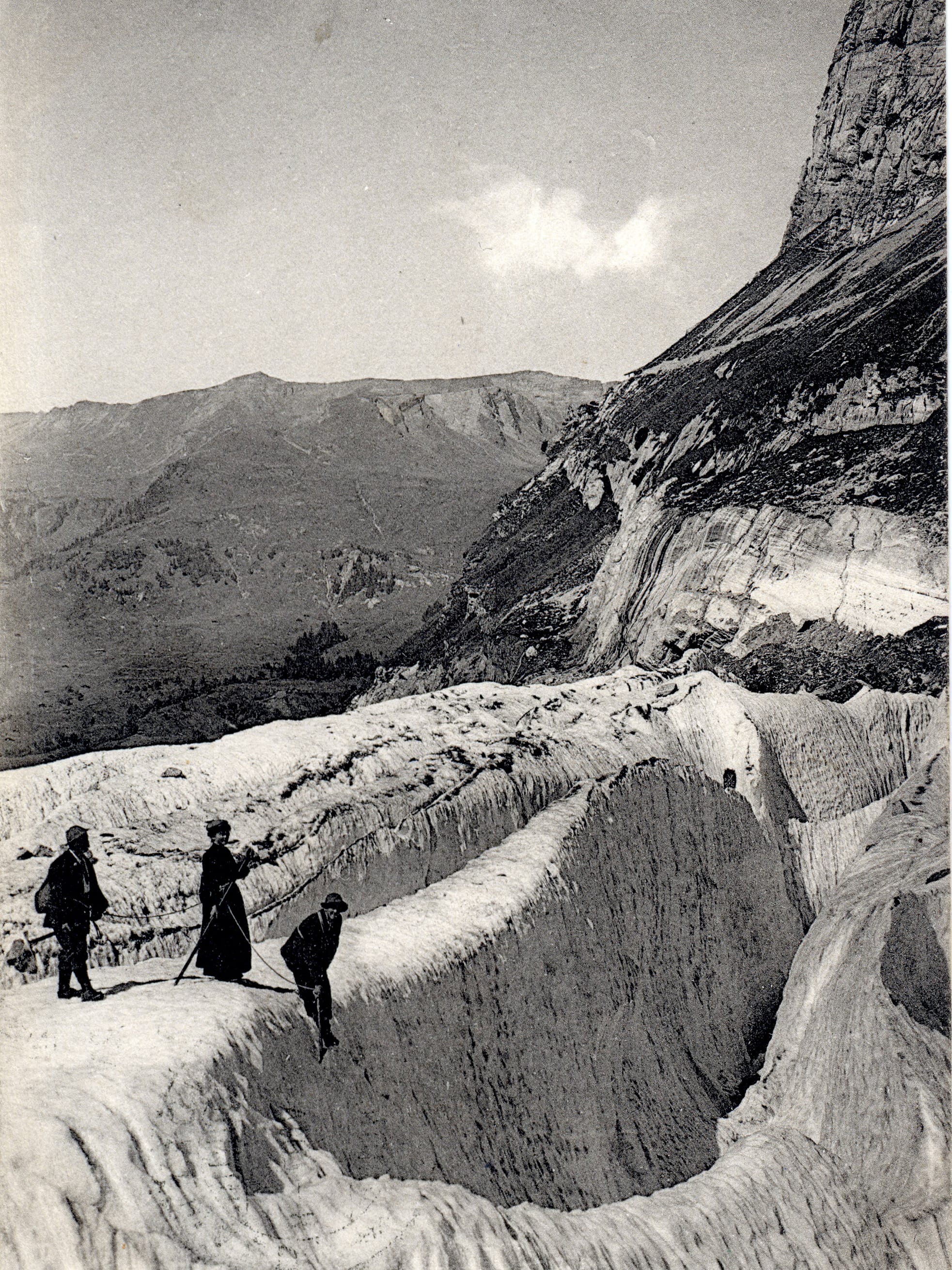
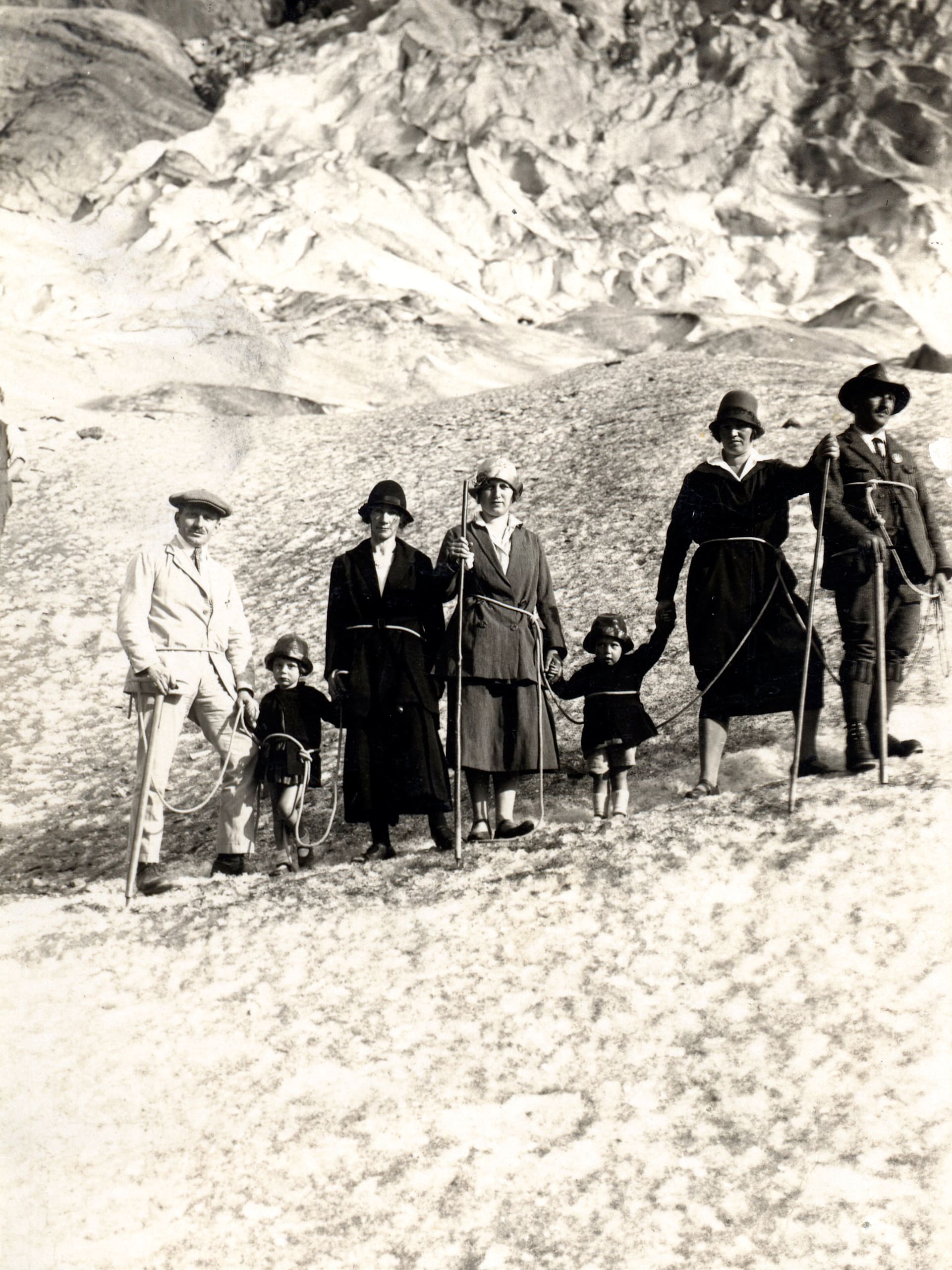
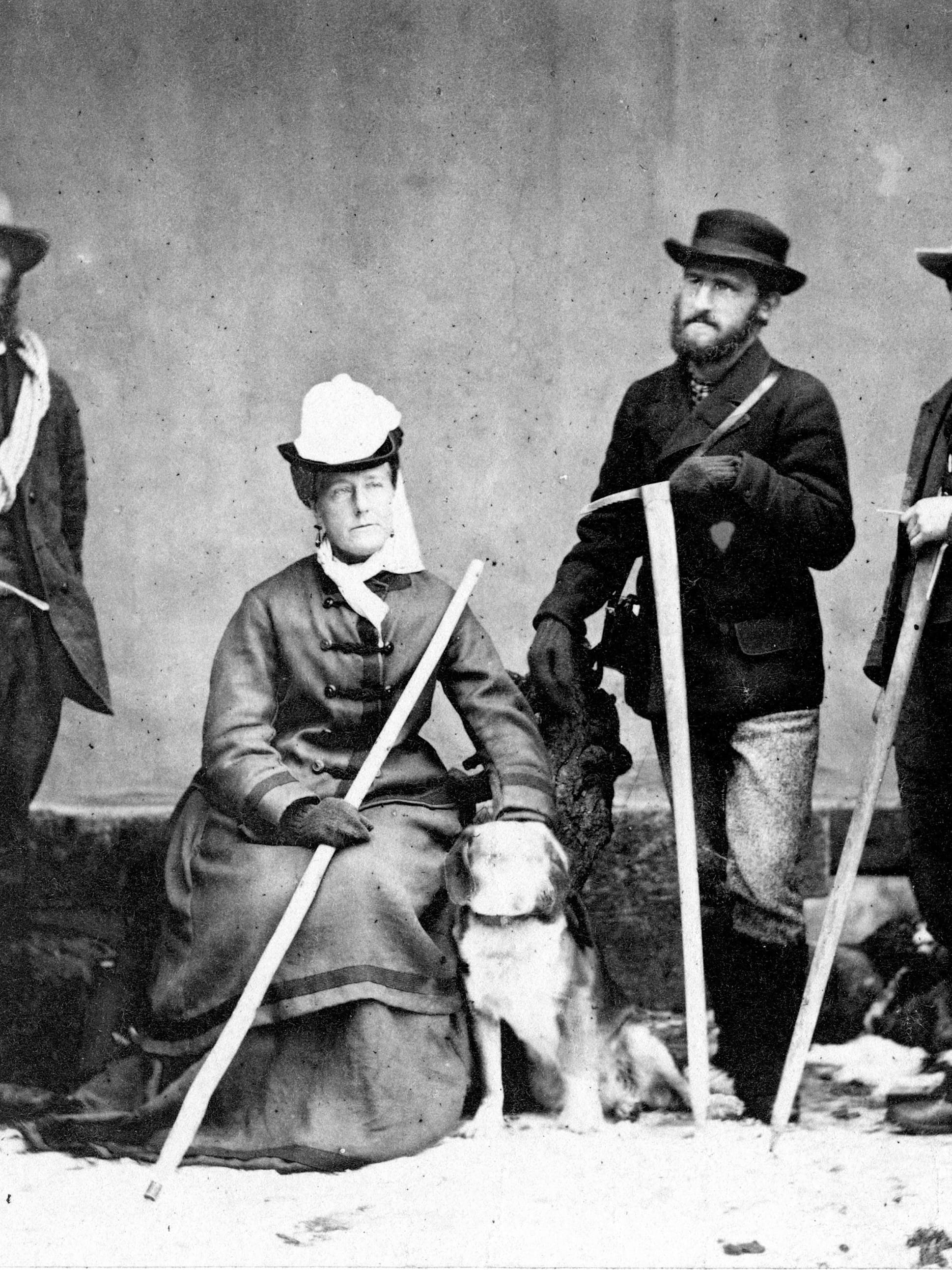
"If they had more than three bad entries in one year, the patent was withdrawn."
This changed with the introduction of the first mountain guide regulations in 1856. The regulations stipulated that a patent is necessary for the pursuit of the profession, and only a person with a good reputation can receive one. In addition, guests could rate their guides. If they had more than three bad entries in their paginated guidebook, the patent was withdrawn.
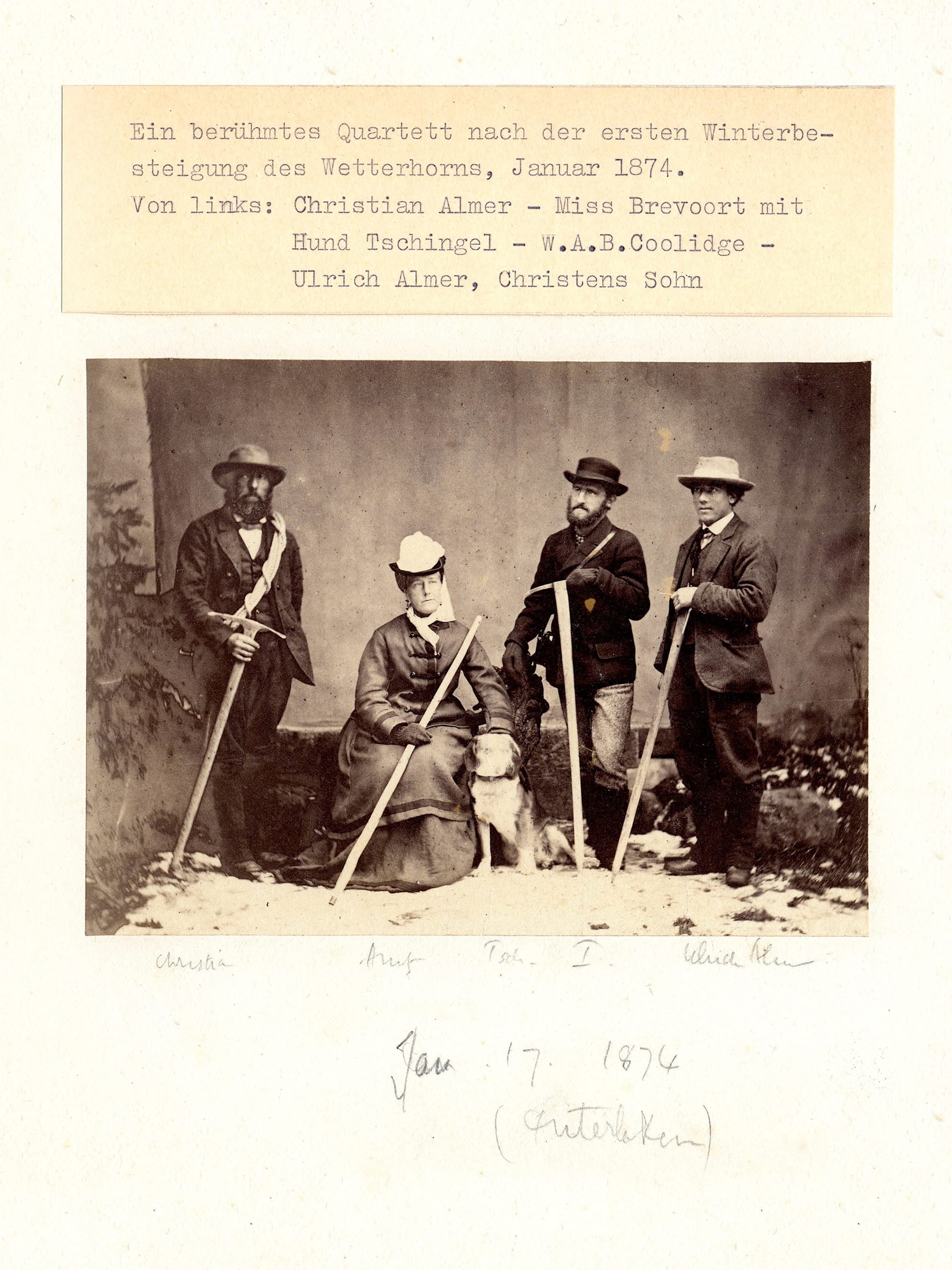
In the middle of the 19th century, the real breakthrough took place. The years 1855 to 1865 are also known as the golden age of mountaineering. This decade witnessed the conquest of the most important peaks of the Alps. Grindelwald mountain guides climbed the peaks of the region with English tourists. The most famous mountain guides of the era were Christen Michel (1817-1880), Peter Bohren (1822-1882) and Christian Almer (1826-1898). The three mountaineers (sometimes together) participated in various first-time ascents. The most famous among them, Christian Almer, was known far beyond the Bernese Oberland as an excellent and reliable guide.
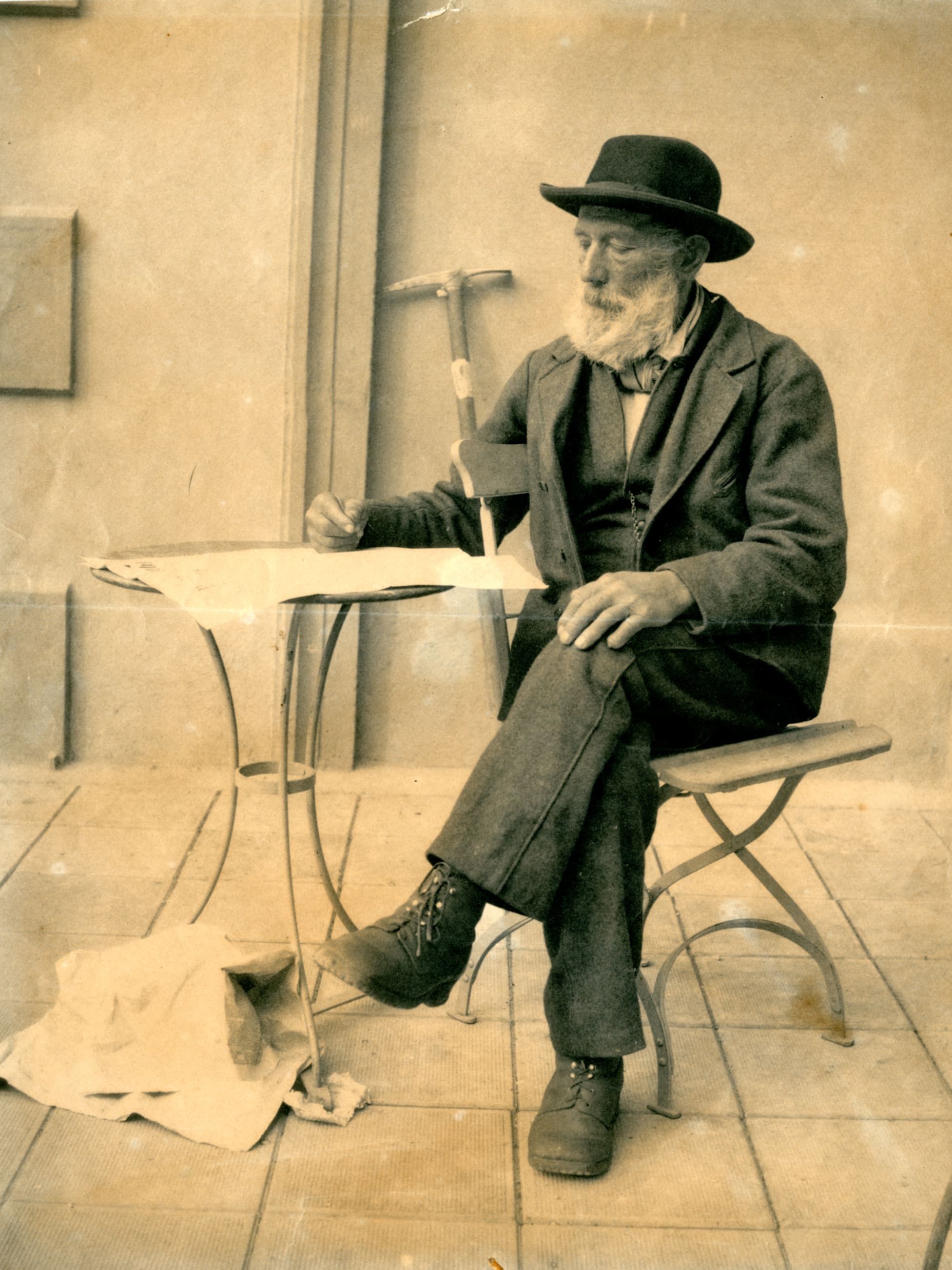
The glacier shepherd Almer accomplished over 40 first ascents of peaks, passes, yokes and ridges. Some of the best known in the region are the Kleine Schreckhorn and the Mönch (1857), the Eiger (1858), the Gross Fiescherhorn (1862) and the Silberhorn (1866). He had also been a part of the historic, fatal first ascent of the Matterhorn (1865). After a failed attempt with one of the later first climbers, Almer is said to have responded to the new request: "Anything but the Matterhorn, dear Lord – anything but the Matterhorn!" and he returned to Grindelwald. A wise decision, as it turned out later. Many years and countless other mountain tours later, Christian Almer died at the age of 72 in Grindelwald at the foot of his beloved mountains. His profession flourishes to this day.